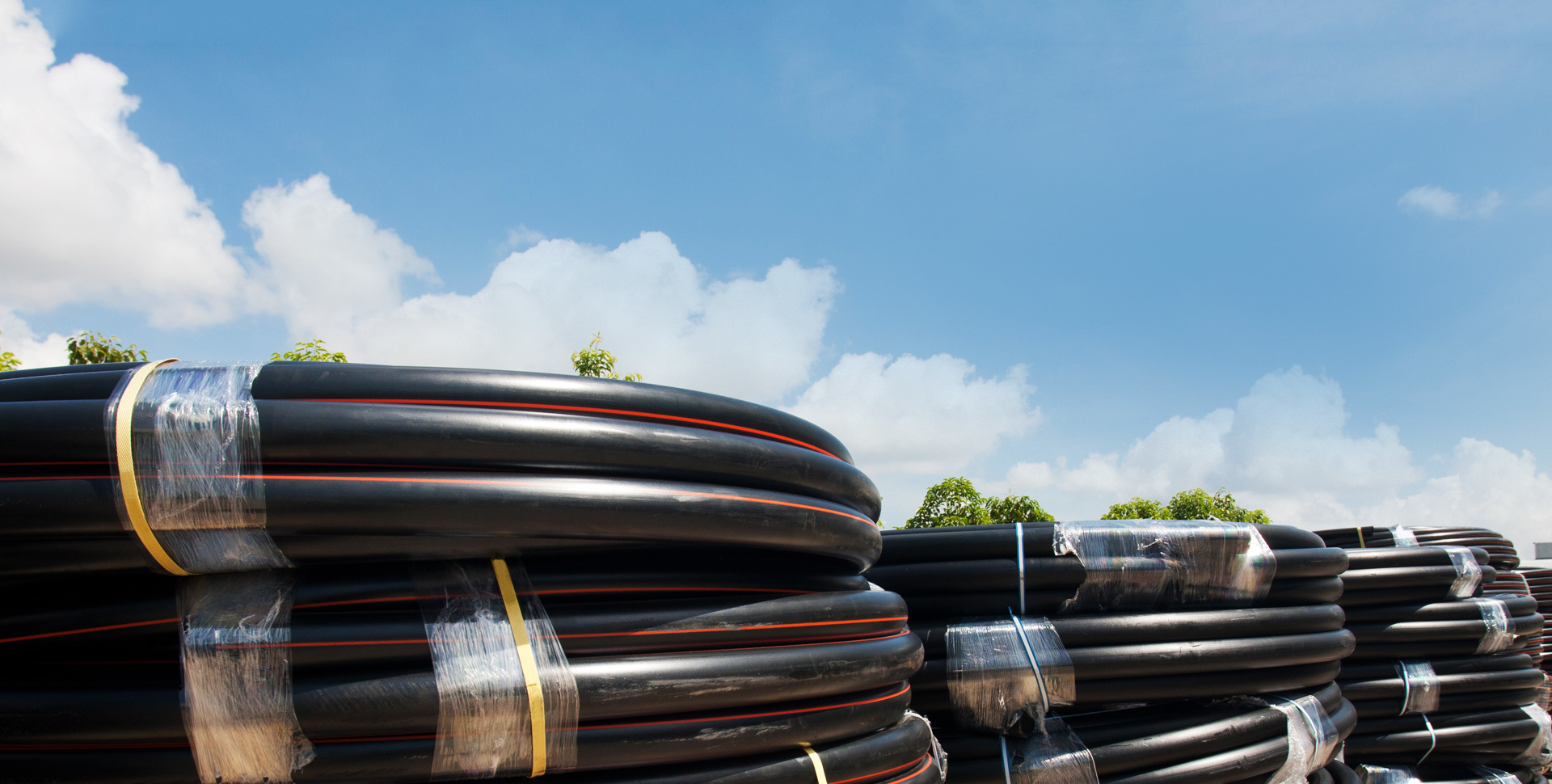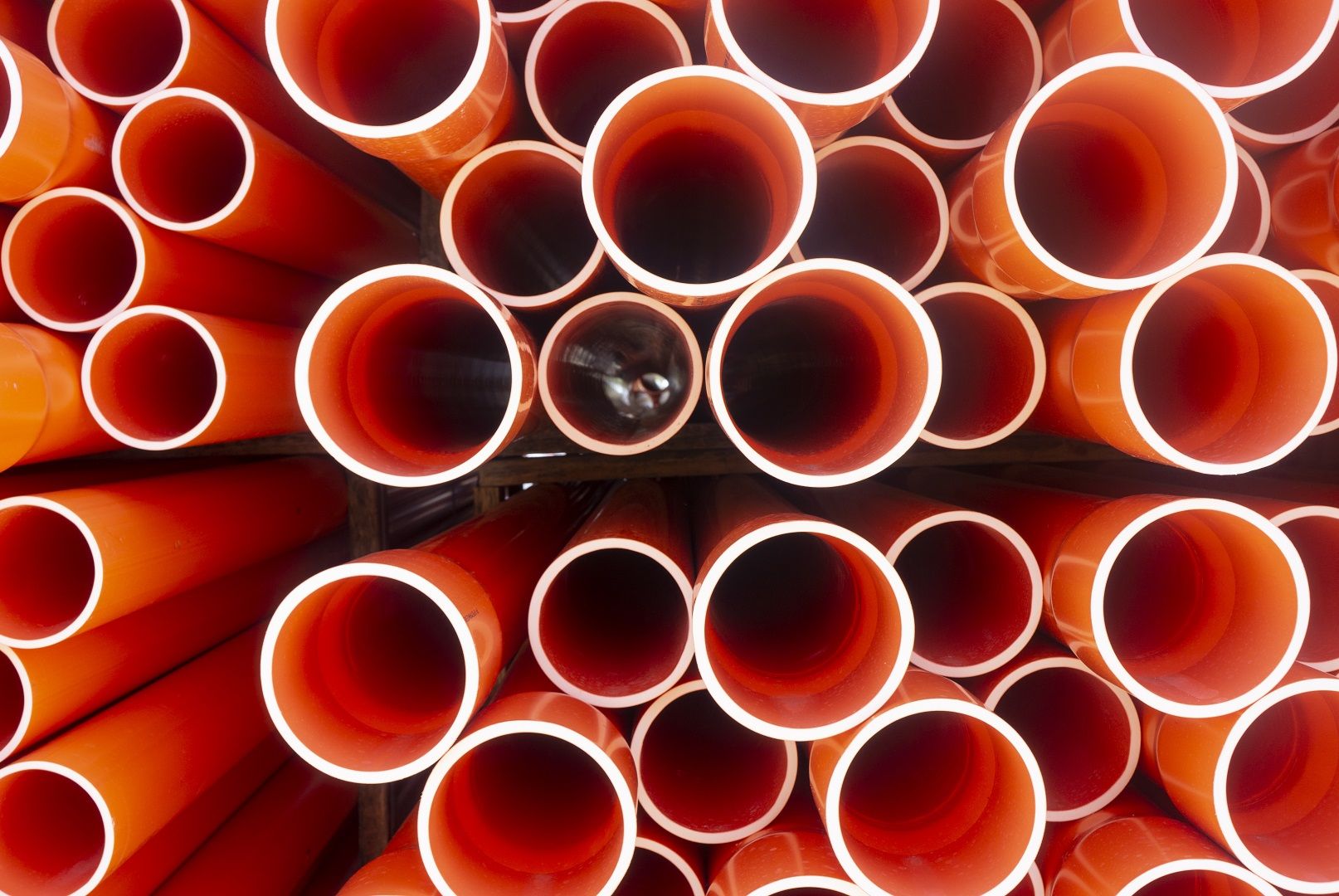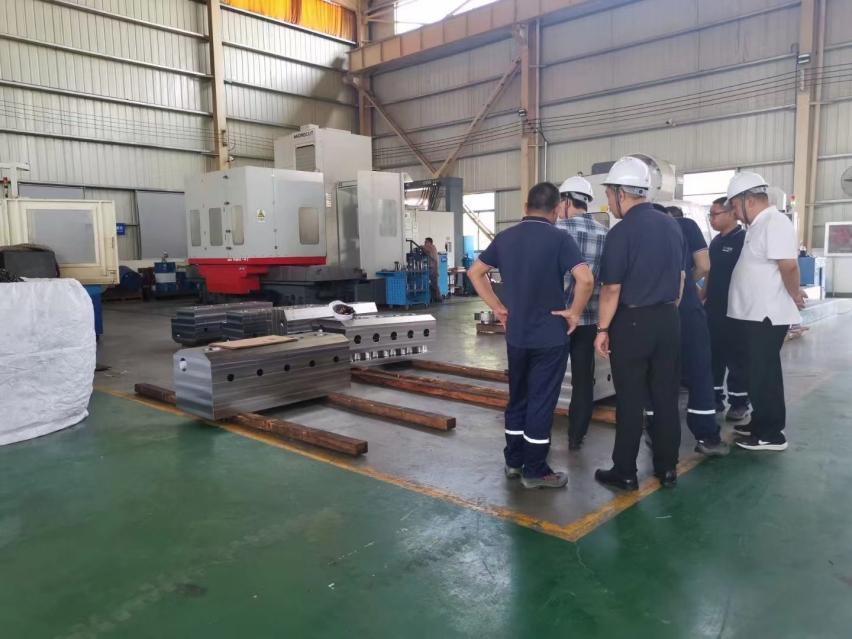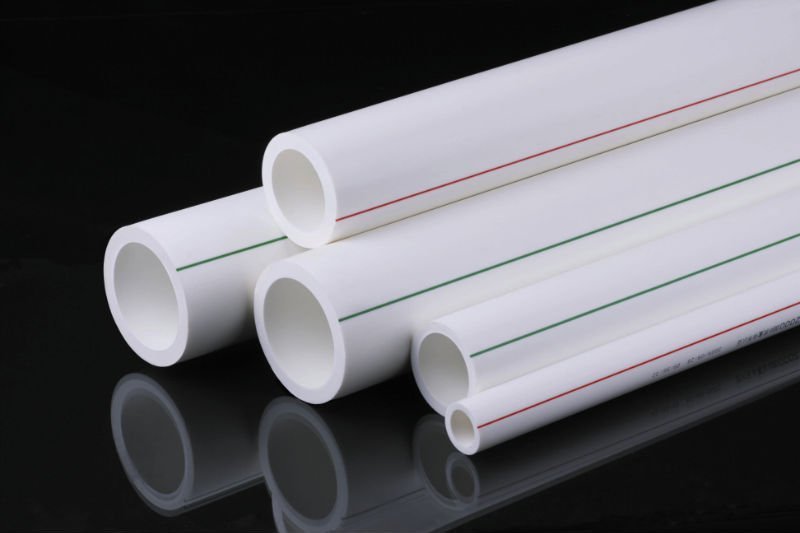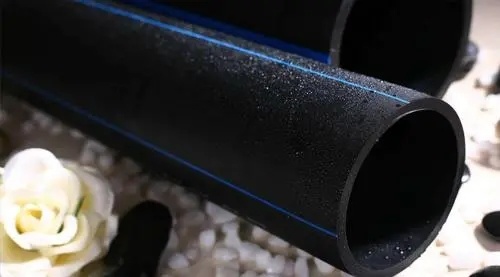Unlocking the Potential of Rubber Tubes in Traffic Optimization Strategies
Oct 12,2024
Unlocking the Potential of Rubber Tubes in Traffic Optimization Strategies
Table of Contents
1. Introduction: The Importance of Traffic Optimization
2. Understanding Rubber Tubes in the Automotive Industry
3. The Role of Rubber Tubes in Traffic Management Systems
4. Innovative Applications of Rubber Tubes for Traffic Optimization
5. Rubber Tubes and Their Impact on Traffic Flow
6. Case Studies: Successful Implementation of Rubber Tubes
7. Best Practices for Integrating Rubber Tubes in Transportation Systems
8. Future Trends in Traffic Optimization with Rubber Tubes
9. Frequently Asked Questions (FAQs)
10. Conclusion: The Future of Traffic Management with Rubber Tubes
1. Introduction: The Importance of Traffic Optimization
Efficient traffic management is essential for modern urban environments. With increasing vehicle numbers, urban planners and traffic engineers are continuously seeking innovative solutions to minimize congestion and enhance safety. Traffic optimization strategies play a pivotal role in achieving these goals, ensuring smooth vehicle flow and reducing the environmental impact of transportation.
2. Understanding Rubber Tubes in the Automotive Industry
Rubber tubes, commonly used in various automotive applications, serve as vital components in systems ranging from cooling and fuel lines to air intake and exhaust. Their flexibility, durability, and resistance to temperature fluctuations make rubber tubes ideal for handling a variety of fluids and gases in vehicles. Understanding their properties and applications lays the foundation for exploring their role in traffic optimization.
2.1 Properties of Rubber Tubes
Rubber tubes exhibit several key properties that make them effective in automotive applications:
- **Durability**: Resilient against wear and tear.
- **Flexibility**: Allows for easy installation in various configurations.
- **Temperature Resistance**: Maintains integrity under high temperature variations.
- **Chemical Resistance**: Withstands various automotive fluids without degrading.
2.2 Types of Rubber Tubes Used in Vehicles
Different types of rubber tubes cater to specific applications in vehicles:
- **Silicone Tubes**: Used in high-temperature areas.
- **Nitrile Tubes**: Ideal for fuel and oil applications.
- **EPDM Tubes**: Commonly employed in cooling systems.
3. The Role of Rubber Tubes in Traffic Management Systems
Rubber tubes extend beyond traditional automotive applications, finding innovative uses within traffic management systems. By integrating rubber tubes into various traffic optimization strategies, municipalities can enhance communication between vehicles and infrastructure, ultimately improving overall traffic flow.
3.1 Sensors and Monitoring Systems
Rubber tubes can encase sensors that monitor traffic conditions. These sensors track vehicle speeds, volume, and environmental conditions, feeding real-time data into traffic management systems for analysis.
3.2 Communication Networks
Rubber tubing can be utilized to house communication cables, allowing for the seamless exchange of information between traffic signals, vehicles, and control centers. This connectivity is critical for developing intelligent transportation systems (ITS).
4. Innovative Applications of Rubber Tubes for Traffic Optimization
The creative use of rubber tubes in traffic optimization offers numerous advantages, from reducing congestion to improving safety.
4.1 Adaptive Traffic Signals
Rubber tubes can support adaptive traffic signal systems, which adjust signal timings based on real-time traffic conditions. This responsiveness helps minimize delays and optimize vehicle flow.
4.2 Smart Road Technologies
Incorporating rubber tubes into smart road technologies allows for the integration of sensors and communication devices directly into the roadway. This innovation enables proactive traffic management and enhances driver awareness.
4.3 Emergency Vehicle Preemption Systems
Rubber tubes can facilitate emergency vehicle preemption systems, ensuring that emergency vehicles receive priority at traffic signals, thereby reducing response times and improving public safety.
5. Rubber Tubes and Their Impact on Traffic Flow
The integration of rubber tubes into traffic management systems directly influences traffic flow, leading to more efficient transportation networks.
5.1 Enhanced Data Collection
With rubber tubes housing sensors, cities can collect extensive data on traffic patterns. This information aids in identifying congestion hotspots and informs future infrastructure investments.
5.2 Improved Safety Measures
Rubber tubes contribute to the development of safety measures, such as dynamic signage and real-time traffic alerts, enhancing driver awareness and reducing accidents.
6. Case Studies: Successful Implementation of Rubber Tubes
Examining successful implementations of rubber tubes in traffic optimization reveals valuable insights into their effectiveness.
6.1 City A: Smart Traffic Management System
City A integrated rubber tubes within its traffic management system to improve data collection and real-time monitoring. The results included a 30% reduction in average travel times and a 20% decrease in accidents.
6.2 City B: Emergency Vehicle Preemption
City B implemented rubber tube-based communication networks for its emergency vehicle preemption systems. This led to a significant decrease in response times, enhancing public safety during critical emergencies.
7. Best Practices for Integrating Rubber Tubes in Transportation Systems
To maximize the benefits of rubber tubes in traffic optimization, municipalities should consider the following best practices:
7.1 Conduct Comprehensive Assessments
Before integrating rubber tubes, cities should assess their current infrastructure and identify areas where improvements can be made.
7.2 Collaborate with Technology Providers
Partnerships with technology providers can ensure the effective deployment of rubber tube-based solutions, leveraging expertise to overcome challenges.
7.3 Continuous Monitoring and Evaluation
Ongoing monitoring of traffic conditions and system performance is crucial for assessing the impact of rubber tube integration and making necessary adjustments.
8. Future Trends in Traffic Optimization with Rubber Tubes
As technology continues to evolve, the role of rubber tubes in traffic optimization will expand. Emerging trends to watch include:
8.1 Increased Use of IoT
The Internet of Things (IoT) will enable smarter traffic management systems, with rubber tubes serving as conduits for data collection and communication.
8.2 Greater Sustainability Considerations
Future applications may focus on sustainable materials and recycling processes, contributing to greener transportation systems.
9. Frequently Asked Questions (FAQs)
Q1: What are rubber tubes used for in traffic management?
Rubber tubes are used to house sensors and communication cables, facilitating data collection and enhancing connectivity in traffic management systems.
Q2: How do rubber tubes improve traffic flow?
By providing real-time data and enabling adaptive traffic signals, rubber tubes help optimize vehicle movement and reduce delays.
Q3: Are there successful case studies of rubber tube implementation?
Yes, several cities have reported significant improvements in travel times and safety after integrating rubber tubes into their traffic management systems.
Q4: What are the best practices for integrating rubber tubes?
Best practices include conducting assessments, collaborating with technology providers, and continuously monitoring system performance.
Q5: What future trends can we expect in rubber tube applications?
Emerging trends involve increased IoT integration and a focus on sustainability in rubber tube manufacturing and applications.
10. Conclusion: The Future of Traffic Management with Rubber Tubes
Rubber tubes hold immense potential in revolutionizing traffic optimization strategies. Their adaptability, durability, and innovative applications can significantly enhance traffic flow, improve safety, and facilitate the development of smart transportation systems. As cities continue to embrace technology and seek solutions to urban traffic challenges, the integration of rubber tubes will undoubtedly play a crucial role in shaping the future of traffic management. By unlocking the potential of these versatile components, we can create safer, more efficient urban environments for everyone.
Latest News

